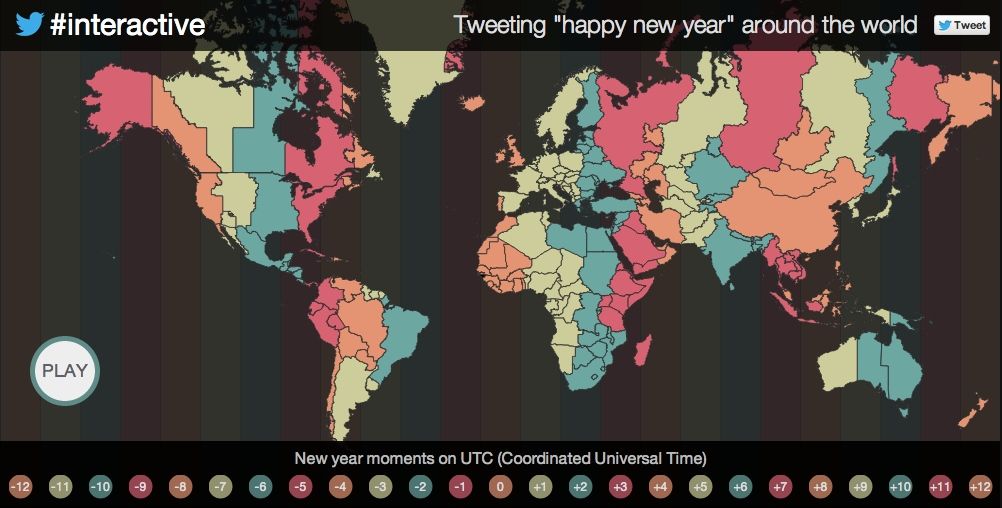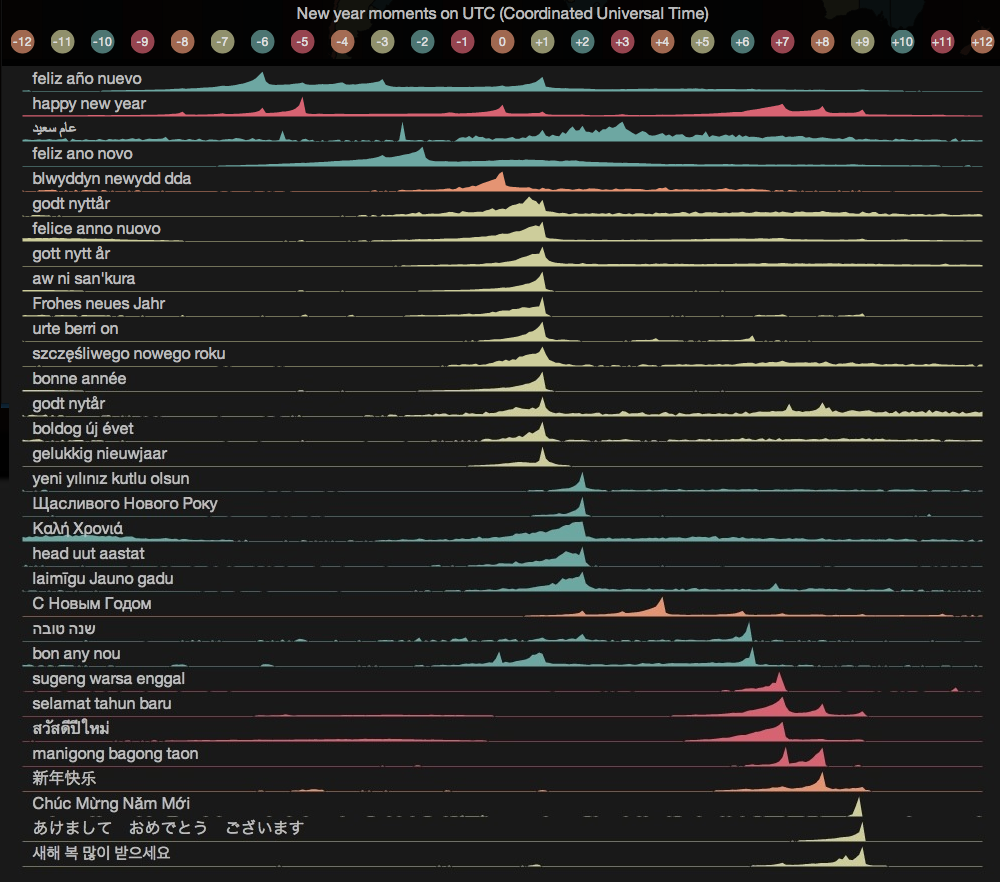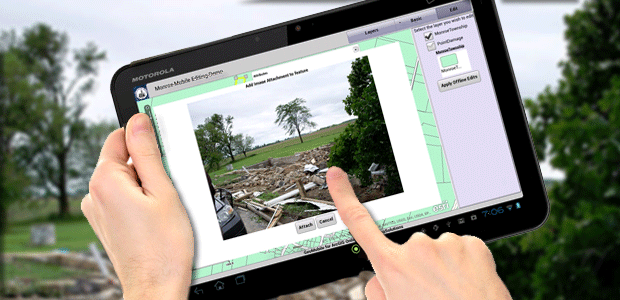 Earthquakes take thousands of lives in China every year. One of the biggest in recent history was in 2008 when as many as 90,000 people were killed during an earthquake that struck the Sichuan province. In addition, millions more were left homeless.
Earthquakes take thousands of lives in China every year. One of the biggest in recent history was in 2008 when as many as 90,000 people were killed during an earthquake that struck the Sichuan province. In addition, millions more were left homeless.
Even though earthquakes occur on an annual basis, few are as dramatic as the one that struck in 2008. Still, many lives can be saved and billions in property damage avoided if only there was a way to warn people of an impending earthquake.
Thanks to new technology, earthquake detection is now possible and a life-saving warning can even be sent to your Smartphone’s GPS device.
In a joint project supported by private investors and the Chinese government, the Institute for Care-Life has undertaken the challenge to provide a technologically advanced early warning system to Chinese citizens through their GPS tracking device when an earthquake is about to strike.
The effort is being led by Tun Wang, a holder of doctorate degrees from the University of Connecticut and the Chinese Academy of sciences. Mr. Wang became interested in disaster prevention after the 2008 tragedy that took so many lives. He has spearheaded the effort to tie China’s early warning system into personal GPS phone tracker devices that’s already available in certain regions of the country.
He has a team of 60 developers who are creating early warning detection equipment specifically designed for hospitals and schools. Mr. Wang believes that a 30 second warning is enough to save many lives.
The proof lies in the advanced warning systems currently deployed in Japan and Mexico. These systems have hundreds, and perhaps thousands, of seismic detectors installed in earthquake prone areas of these countries. The system in Japan is so effective that television stations were able to warn viewers about the great East Japan earthquake that struck Tokyo in 2011 far enough in advance that the populace was able to take emergency measures to reduce the loss of life and property damage.
Now China wants to install a similar system across 10 of its provinces, with a combined area that even larger than the whole of Japan. The state of California in the USA recently passed a law authorizing its own earthquake warning system. It seems that government officials around the globe see the advantages of warning its populations about impending earthquake disasters.
In just a few seconds, many lives can be saved. As was seen in the disastrous 2011 earthquake, the half minute warning broadcasts just prior to the quake was enough time for computerized programs to activate and slow down commuter trains to avoid derailments, stop elevators to prevent passengers from being stranded between floors, activate emergency highway signs that instructing motorists to pull over or slow down and avoid crossing or traveling under overpasses, as well as opening the doors of fire stations to prevent emergency vehicles from being trapped inside the event of a power outage.
Warnings that produce these kinds of stunning results can be magnified by using personal GPS locator devices to widen the number of recipients of earthquake warnings with the help of a tracking device app.
Source: UTSandiego








